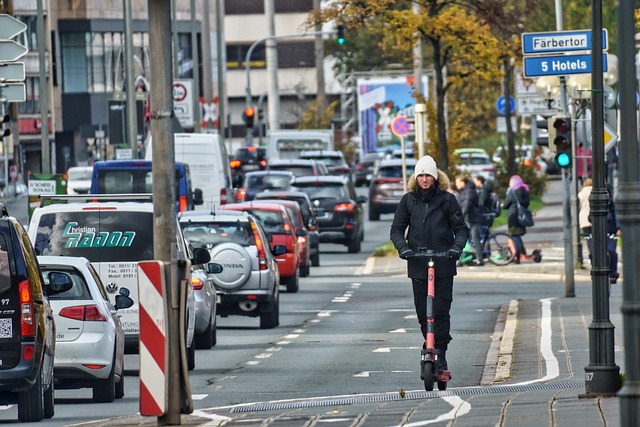In today’s rapidly changing world, the call for green solutions is more pressing than ever, especially when it comes to transport sustainability. As urban areas swell and rural regions face unique challenges, it is essential to pave a path toward a greener future by rethinking how we approach mobility. Sustainable transport systems can not only assist in reducing carbon footprints but also enhance the quality of life in rural areas.
Transport sustainability encompasses more than just adopting electric vehicles or promoting public transit. It involves creating interconnected transportation networks that are accessible, efficient, and environmentally friendly. This means investing in infrastructure that supports walking, cycling, and low-emission vehicles to promote a balanced and integrated approach to mobility.
Rural development presents specific challenges, with many communities facing isolation and limited access to essential services. Traditional transport solutions often overlook these areas, leading to increased reliance on fossil fuel-powered vehicles. By focusing on green solutions tailored for rural settings, we can unlock new opportunities for growth and connectivity.
For example, implementing shared mobility services, such as ride-sharing or electric shuttle services, can provide essential transportation links for rural residents. These services help to ensure that everyone has access to jobs, education, and healthcare, empowering communities to thrive. Moreover, investing in electric vehicle charging infrastructure in these areas can stimulate local economies by attracting businesses and fostering tourism.
Furthermore, promoting the use of renewable energy sources for public transport can significantly enhance the sustainability of rural mobility. By harnessing solar, wind, or hydroelectric power, transport systems can operate without the detrimental effects of fossil fuels. Municipalities can encourage the implementation of green public transport fleets, which not only lower greenhouse gas emissions but also offer a cleaner, quieter alternative to traditional diesel buses.
The journey toward transport sustainability goes hand in hand with community involvement. Engaging local residents in the planning and development of their transport systems is crucial. By doing so, we can ensure that the services provided meet the actual needs of the community, fostering a sense of ownership and pride in sustainable practices. Workshops, surveys, and focus groups are excellent ways to collect input and ideas from those who will be most affected by these changes.
Moreover, education and awareness campaigns can empower rural populations to embrace green solutions. Informing community members about the benefits of sustainable transport options encourages them to transition away from conventional methods. As more people recognize the advantages of walking, cycling, or using shared electric vehicles, we pave the way for healthier lifestyles and cleaner air.
Incentives such as subsidies for purchasing electric vehicles, tax breaks for businesses that offer green transport options, or funding for cycling paths are practical measures that can significantly accelerate the shift towards sustainability. Policymakers must consider these incentives to create thriving, eco-conscious communities while addressing issues like climate change and pollution.
The road to a greener future is paved with innovative solutions that seek to fulfill the diverse needs of our populations. By harnessing the power of technology and collaborative efforts, we can revolutionize mobility as we know it. Focusing on transport sustainability within the context of rural development not only redefines access and connectivity but also sets the stage for a more equitable and environmentally friendly society.



